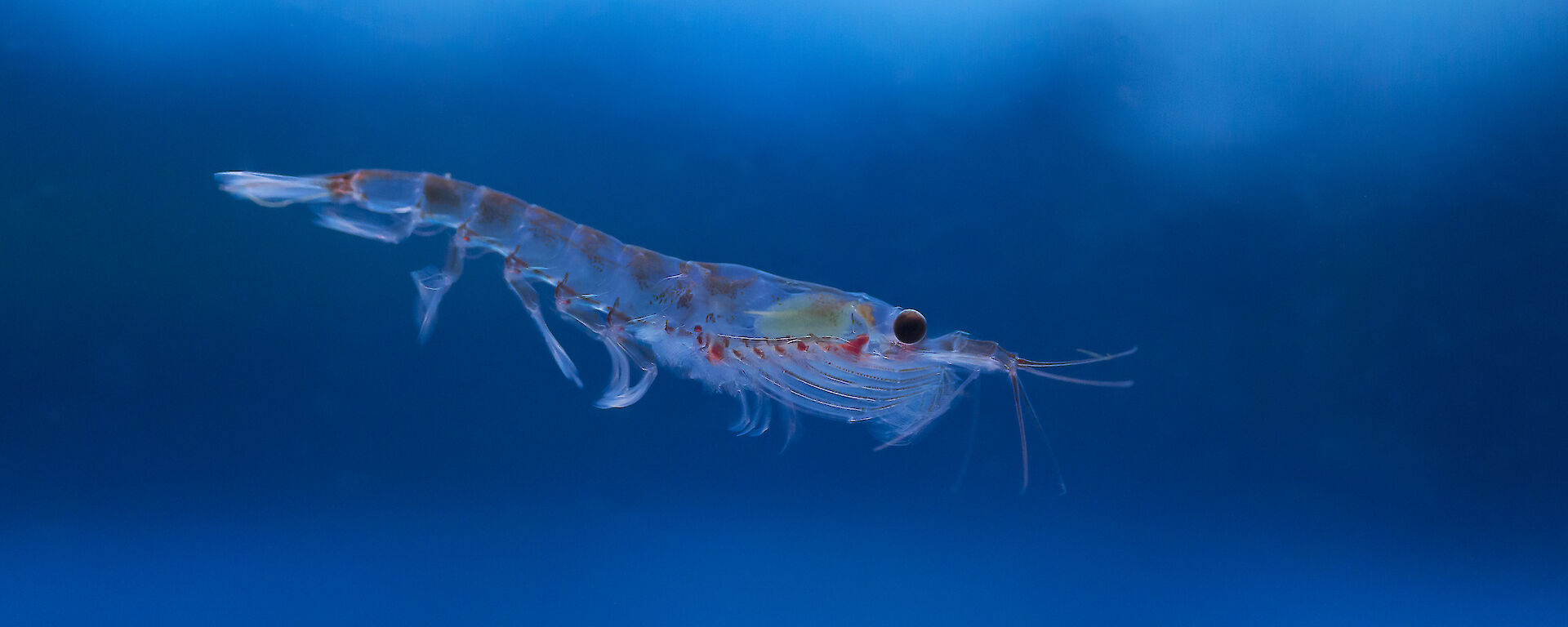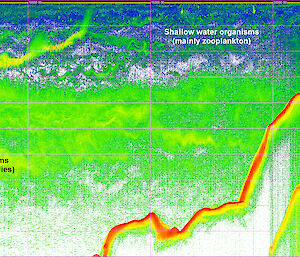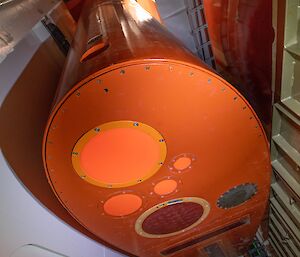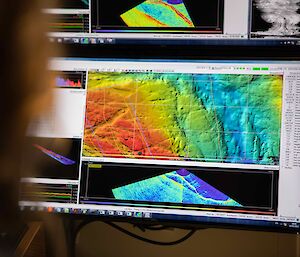Acoustics is a non-invasive way of finding out what lies beneath the ship as it travels through the ocean. The pings can be sent at rates of around one per second, so a very detailed picture is made. This picture is known as an echogram. It is built up from a composite of consecutive pings. It can be thought of like an image from a digital camera — each pixel of the echogram image represents a small volume of water beneath the ship.
For krill, the echogram is used to give information on the location, depth, size and density of aggregations.
Twice as much krill will produce twice as much echo. This makes it possible to estimate the amount of krill in the water using acoustics.
The only thing we need to know is how much echo a single krill produces. This can be done by direct measurement or theoretical modelling. We have applied this principle to estimate the distribution and abundance of krill in the waters off East Antarctica, covering a total area of 2.2 million km².
This information:
- helps us to understand where and when krill are found
- enables the Commission for the Conservation of Antarctic Marine Living Resources (CCAMLR) to set precautionary catch limits for the expanding krill fishery.





